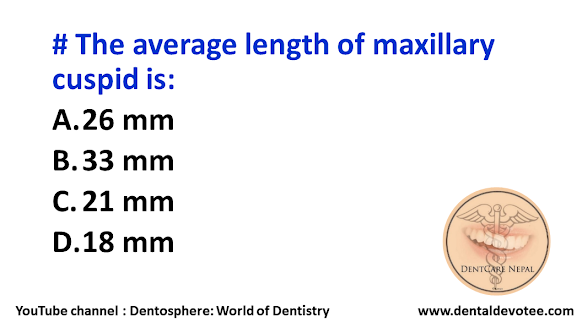# The best radiographic technique for demonstration of internal derangements of the TMJ is:
A. MRI
B. CT scan
C. Arthrography
D. Conventional radiographs
The correct answer is A. MRI.
Magnetic resonance imaging (MRI) is a medical imaging technique used in radiology to form pictures of the anatomy and the physiological processes of the body. MRI scanners use strong magnetic fields, magnetic field gradients, and radio waves to generate images of the organs in the body. MRI does not involve X-rays or the use of ionizing radiation, which distinguishes it from CT and PET scans. MRI is a medical application of nuclear magnetic resonance (NMR) which can also be used for imaging in other NMR applications, such as NMR spectroscopy.
MRI is widely used in hospitals and clinics for medical diagnosis, staging and follow-up of disease. Compared to CT, MRI provides better contrast in images of soft-tissues, e.g. in the brain or abdomen. However, it may be perceived as less comfortable by patients, due to the usually longer and louder measurements with the subject in a long, confining tube. Additionally, implants and other non-removable metal in the body can pose a risk and may exclude some patients from undergoing an MRI examination safely.
MRI: Distinguishes blood vessels and nerves from surrounding soft tissues.
MRI should not be used in patients with cardiac pacemakers, metallic restorations, and ortho-appliance
Internal derangement of TMJ can be best diagnosed by MRI.






